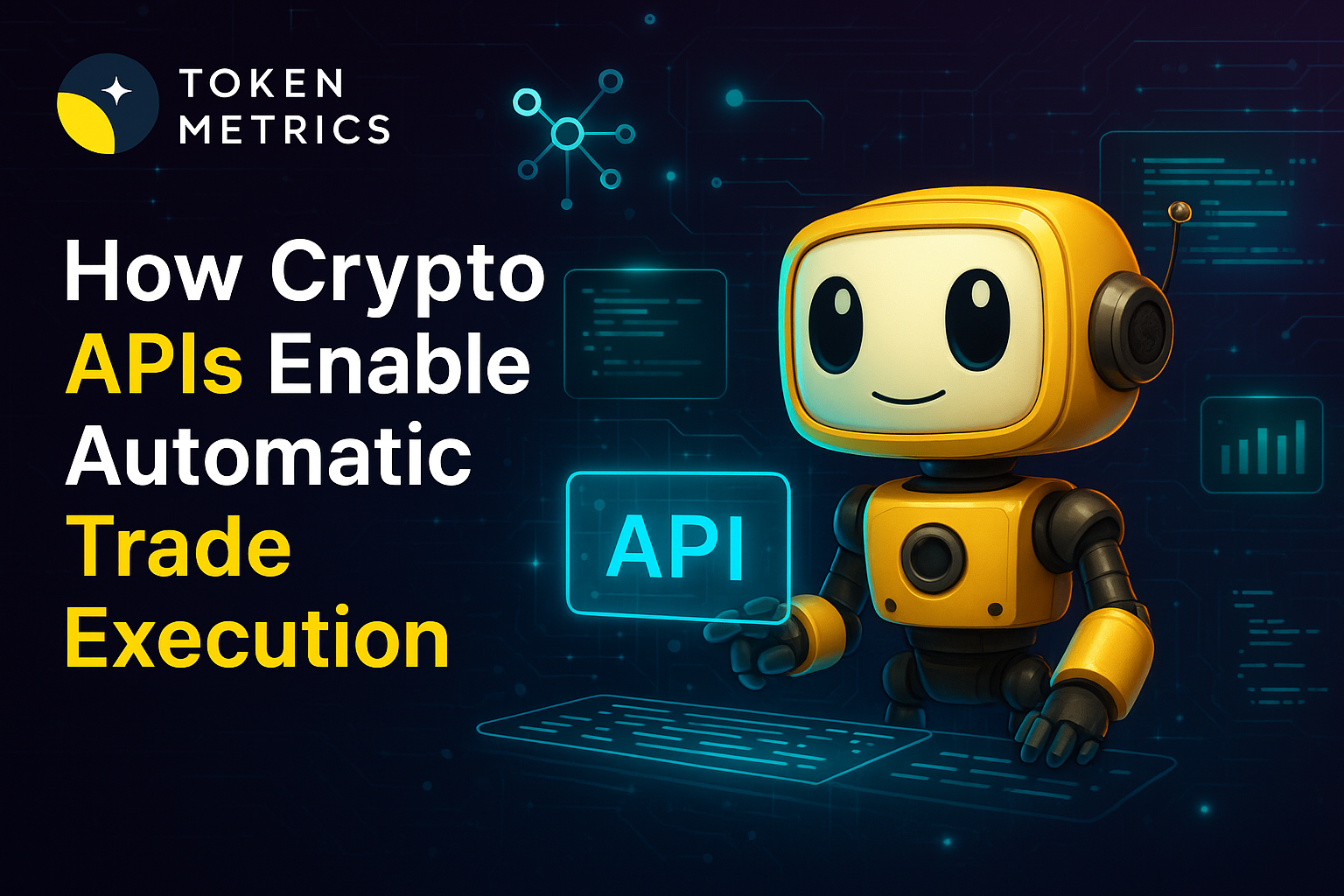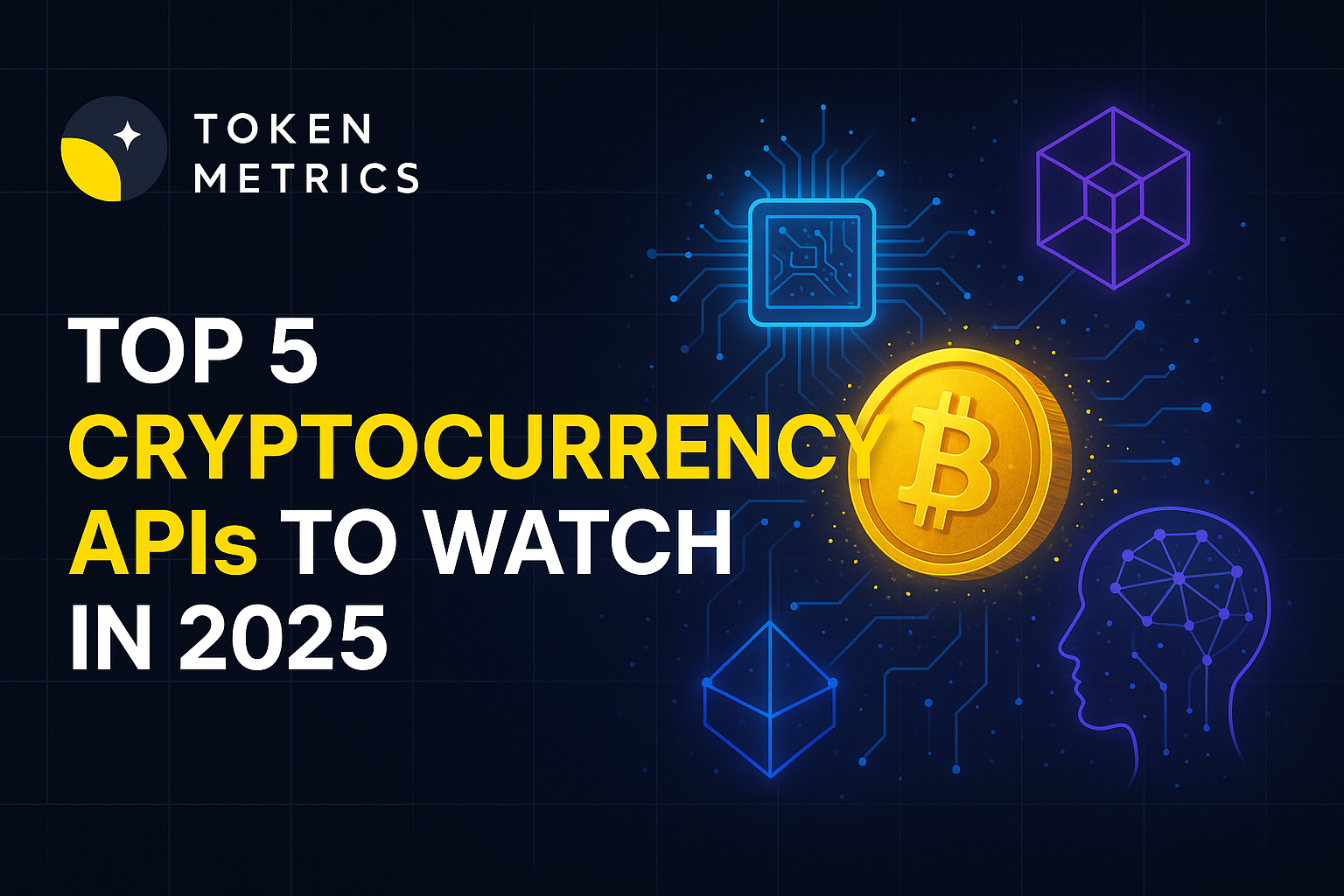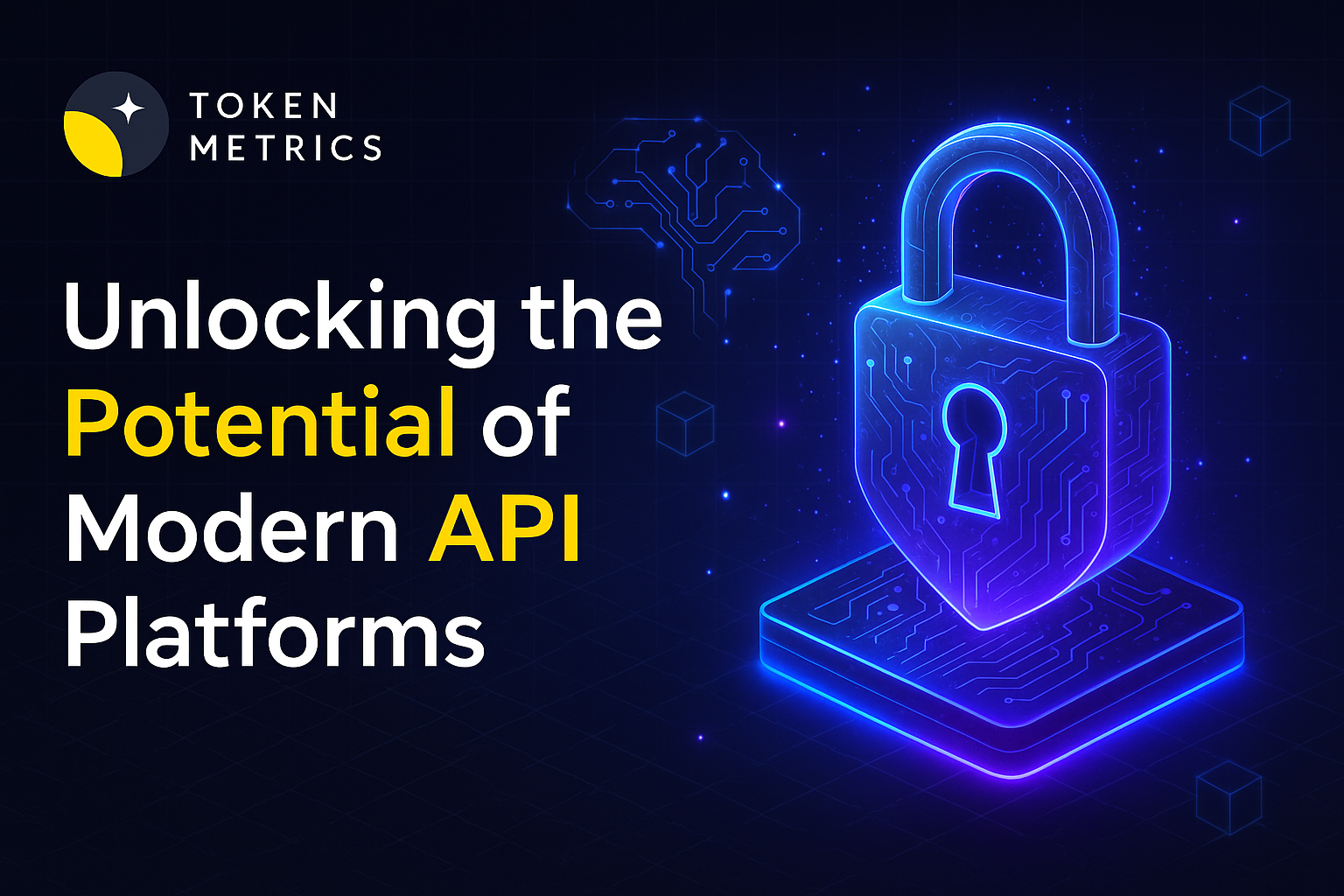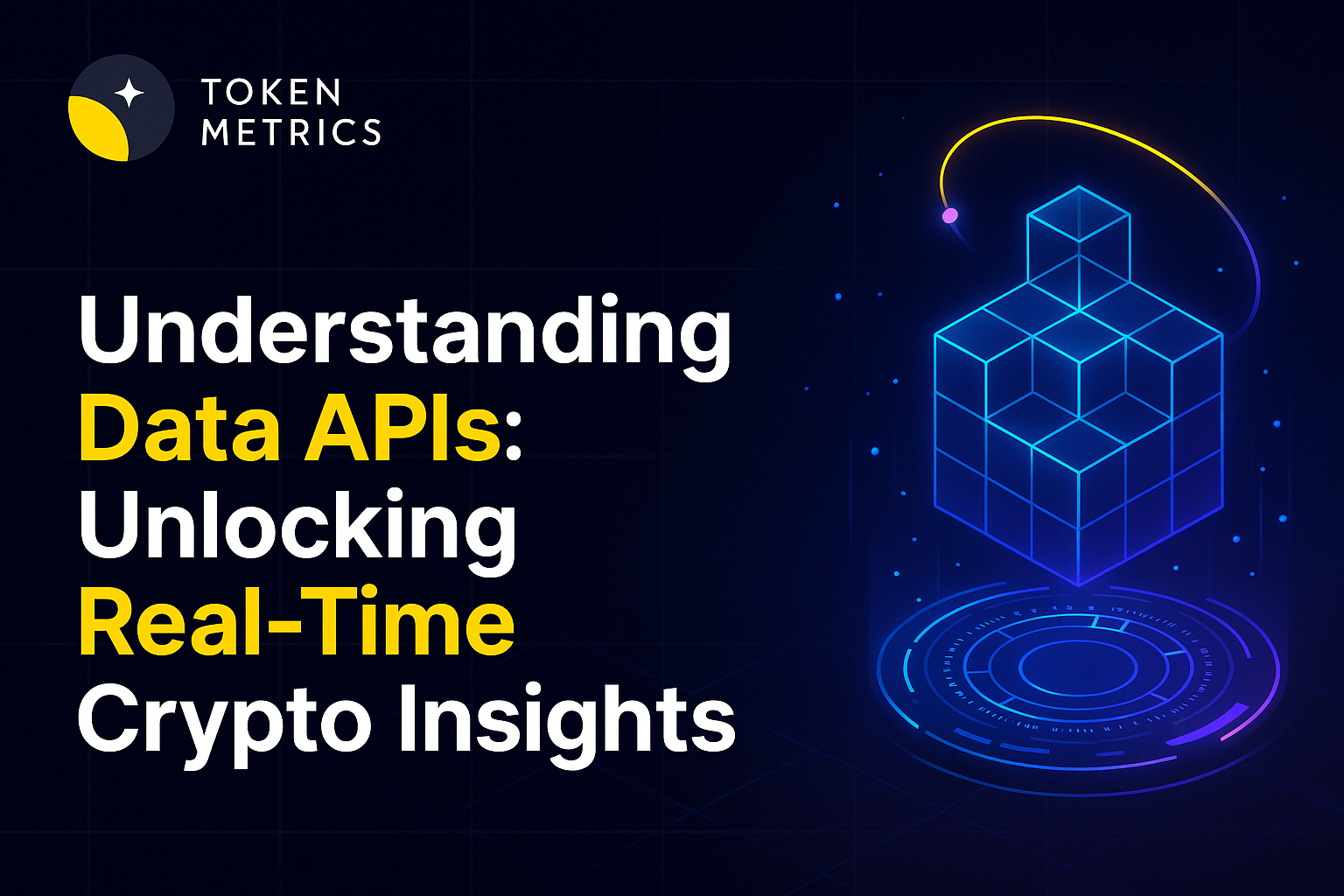How Crypto APIs Enable Automatic Trade Execution

Imagine triggering a cryptocurrency trade in milliseconds—automatically, precisely, and on your schedule. Behind much of today’s algorithmic and automated crypto trading lies a powerful tool: the crypto API. But how exactly do APIs let you execute trades, and what are the fundamentals users need to understand before getting started? This guide unpacks the essentials of using crypto APIs for trade execution, including how these interfaces work, real-world applications, risks, and practical integration tips.
What Are Crypto Trading APIs?
APIs, or Application Programming Interfaces, are software intermediaries that enable different applications to communicate. In the context of cryptocurrencies, a crypto trading API allows users, developers, or institutions to connect directly to a crypto exchange’s backend systems. This connection makes it possible to request live data, place and manage orders, check balances, and retrieve trade history—all programmatically.
Common examples include Binance, Coinbase Pro, Kraken, and Bybit APIs, all of which support crucial trading functions. These APIs typically support REST (for single requests) and WebSocket (for real-time updates) protocols. API access levels and capabilities often depend on your account permissions and security settings at the exchange.
How Do You Execute Trades Using a Crypto API?
Executing trades via a crypto API requires a step-by-step process that generally includes:
- API Key Generation: Users generate API keys (and often API secrets) through their exchange account dashboard, configuring permissions such as trading and withdrawal rights.
- Authentication: Every API request must be securely authenticated, usually with the key/secret and sometimes additional security protocols like IP whitelisting.
- Order Placement: By sending properly formatted HTTP requests (e.g., POST /order) or WebSocket messages, users can initiate buy or sell orders. The API parameters define order type, price, amount, and other specifics.
- Order Management: Once placed, trades can be monitored, modified, or cancelled via subsequent API commands, allowing for dynamic strategy execution.
These automated processes underpin trading bots, portfolio managers, and sophisticated AI-driven trading agents—turning manual strategies into efficient, round-the-clock executions, all without a traditional front-end user interface.
Real-World Applications of Crypto API Trading
API-based trading is central to a variety of modern crypto workflows, powering:
- Trading Bots: Automated systems that scan markets and react to pre-programmed signals, sometimes integrating machine learning for strategy optimization.
- Portfolio Rebalancing: Programmatically adjusting crypto portfolios at set intervals or according to defined thresholds, minimizing manual intervention.
- Arbitrage: Exploiting price differences between exchanges in real time, something only possible with split-second API commands.
- Institutional Trading: Large desks and funds use APIs to execute high-frequency strategies, where speed and accuracy are paramount.
- Custom Dashboards & Alerts: Developers create bespoke monitoring or trading tools that interact with exchange APIs for data, order placement, and notifications.
AI-powered platforms are increasingly integrating advanced analytics and signals directly into their API workflows, letting traders and developers access sophisticated research and data-driven triggers with minimal manual effort. Token Metrics is a notable example of a service blending advanced crypto analytics with API accessibility for builders and traders alike.
Security Best Practices for API-Based Trading
While crypto APIs are powerful, they also introduce unique security considerations:
- Scope Permissions: Only enable required actions (e.g., trade, read-only) and never allow withdrawal permissions unless absolutely necessary.
- IP Whitelisting: Restrict API access to only trusted IP addresses.
- Key Management: Store API secrets securely, using encrypted environment variables or dedicated key management services.
- Monitor Usage: Regularly audit API logs to identify unauthorized or suspicious activity promptly.
- Rotate Keys: Periodically regenerate and update API keys and secrets as a precautionary measure.
Responsible API usage helps minimize exposure to hacking, credential leaks, or account abuse—especially as trading volumes and automation scale.
Getting Started with Crypto Trading APIs
To integrate and utilize a crypto trading API effectively:
- Choose your exchange(s): Research exchanges supporting the required API features, such as order types, rate limits, and supported assets.
- Read API Documentation: Exchange documentation details request formats, security practices, error handling, and best practices.
- Code Your Integration: Use supported programming languages (such as Python, JavaScript, or Go) along with official SDKs or open-source libraries for streamlined development.
- Simulate Before Going Live: Many APIs offer sandbox environments for testing. Confirm strategies perform as expected before deploying with real funds.
- Consider Third-Party Tools: Analytics and trading signal providers, such as Token Metrics, offer APIs that can supplement exchange data with actionable insights for strategy development.
Building with APIs requires a combination of technical skills and operational caution, but unlocks the full potential of programmable trading in crypto markets.
Build Smarter Crypto Apps & AI Agents with Token Metrics
Token Metrics provides real-time prices, trading signals, and on-chain insights all from one powerful API. Grab a Free API Key
Can anyone use crypto trading APIs?
Most major crypto exchanges offer trading APIs accessible to users with verified accounts. However, each platform sets its own requirements regarding API access levels, regional restrictions, and compliance, which users should review before starting.
Are crypto trading APIs secure?
Crypto APIs are designed with robust security features, but safety also depends on user practices. Limiting API key permissions, restricting access via IP, and keeping keys private are essential for minimizing risks.
Can I automate trading strategies using APIs?
Yes, APIs are the main mechanism for building automated trading systems (bots) and integrating algorithmic trading strategies. This allows for uninterrupted operation and rapid reaction to market signals based on predefined logic.
What skills do I need to use crypto APIs?
At minimum, familiarity with programming (such as Python or JavaScript), API communication (HTTP/websocket), and basic security practices are required to use crypto APIs effectively and safely.
What are some common limits of crypto APIs?
Most APIs enforce rate limits to control the number of allowed requests within specific time frames. They may also restrict order types or trading pairs and require periodic re-authentication or API key refreshes.
Disclaimer
This article is for informational and educational purposes only. It does not provide investment advice or endorse specific assets, platforms, or trading strategies. Always perform your own research and consult with qualified professionals before making technical or financial decisions related to cryptocurrency trading or API integration.
Create Your Free Token Metrics Account

.png)




%201.svg)
%201.svg)


%201.svg)










.svg)




.png)